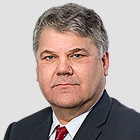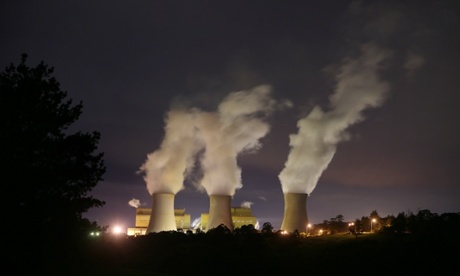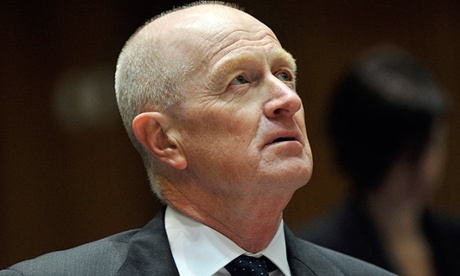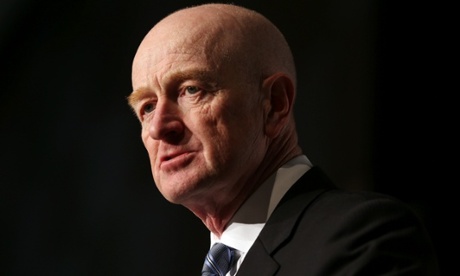Policy experiments continue to be a feature of the global economy with the European Central Bank and Bank of Japan moving official interest rates below zero. This follows the earlier radical decisions of the US Federal Reserve and Bank of England to engage in quantitative easing, which in effect dumped cash into the banking system in the hope that some of the excess money would flow to the private sector and be invested, spent and drive economic growth.
With inflation very low and commodity prices in freefall, these policy experiments have been low risk and, importantly, successful. The global economy not only avoided the Great Depression scenarios that were bandied about as the banking system ground to a halt, but 2016 is set to be the eighth year since the crisis where global GDP growth has been above 3%.
In Australia, there has been no such radical monetary policy. Although rates have found a floor at at 2%, RBA governor Glenn Stevens said on Friday that there was room to cut the cost of borrowing if the turmoil on global markets spilled over to Australia and QE remains a remote prospect.
One reason for the RBA being out of step is that Australia has relied on other policy and market mechanisms to manage the economy and avoid recession.
When the financial crisis hit hard in late 2008, the Australian government had the foresight and pragmatism to aggressively use fiscal policy to manage the economy. While the Rudd government handed $10bn straight to households, other countries’ attempts at fiscal stimulus were dogged by already wide budget deficits, relative high levels of government debt and political considerations. The roadblocks to stimulus led in some cases to tightening fiscal policy into a recessionary economy.
The consequences, especially in the eurozone, were dire. Unemployment spiked into double digits and fears of deflation escalated. Those concerns persist today which is why negative interest rates and QE remain the base case of the bulk of the global economy.
The deflation fears have some credence. Most importantly, there appears to be a huge amount of spare capacity in labour markets. This means that wages growth will remain subdued and the wage/price linkage will skew inflation risks squarely to the down side.
At the same time, the weakness in most commodity prices is lowering input costs to the production process. With energy costs near a decade-low and many raw materials prices also floundering under the weight of a glut of global production, firms can maintain profits even if they lower prices simply because input costs are falling.
If the macroeconomic consequences of digital disruption are added to the picture, deflation risks are compounded. In other words, the pressures on inflation are widespread and could be spreading to the point where they spill over to deflation.
Which comes back to the first point. Easy monetary policy with a mix of negative interest rates and QE is not all that surprising. It is unusual, to be sure, and conventional economics text books rarely, if ever, note the issues surrounding negative interest rates. But if inflation is very low and the risk of crossing the line below zero builds, counter-cyclical monetary policy requires interest rates to be cut and cut and cut, even if that means moving them well below zero.
Many are still grappling with the notion of negative interest rates. They have never been seen until recently, but who’s to say that if deflation does materialise, central banks won’t cut rates to -1% or -2%?
It would be unusual and unconventional, but entirely appropriate if deflation was to emerge as a serious risk.
Stephen Koukoulas is a research fellow at Per Capita, a progressive think tank.











